Had enough of mundane reality? Want to spice up your next shoot with some innovative abstract photography ideas? Looking for new perspectives on the world, or ways to inject a little more creativity into your next photography session? Read on, as in this post I’ll be sharing all my favorite abstract photography techniques.
What Exactly is Abstract Photography?
The verb “to abstract” means to move away from specifics in the real world, toward more ambiguous or indefinite shapes and forms. Forms that may no longer have any obvious connection to the phenomena that inspired them or that served as a starting point for their creation.
And if that seems like too much of a mouthful, then we could simply say that abstract photography doesn’t try to represent external reality in a clearly identifiable way. Rather than showing recognizable people, places, or things, it instead emphasizes shape, color, and texture.
Mind you, when we say that abstract photography is non-representational – i.e. that it doesn’t attempt to show recognizable things – this is only part of the story. For sure, in its purest state, abstract art is at the total opposite end of the spectrum to representational art. But it’s important to remember that these are just different ends of the same line, and in practice, most photographs will fall somewhere between the two extremes.
For example, an abstract photograph might still retain some recognizable elements of the real world. Meanwhile, there may be a degree of abstraction going on in even the most straightforward or journalistic photograph.
Reality Is Your Canvas
But isn’t abstract photography just about taking a great shot? Instinctively capturing a stunning composition and amazing colors? Surely that’s just a question of form and aesthetics, so why do we need to get into all this intellectual stuff?
Well, unlike an abstract painter, we cannot simply begin with a clean canvas and just start playing with color and form however we want. As photographers, our canvas is still the real world. And virtually every kind of image we can capture on the sensor of a digital camera will be figurative; at least to start with.
In practice, then, shooting abstract photography means finding ways to turn recognizable things – things that come with all kinds of personal and cultural meanings, memories, and connotations – into pure shape and form. Geometry, patterns, and colors that, although they may suggest many possible “readings,” or vaguely resemble day-to-day objects, now become freed from their real-world connections.
To do this, it can really help to get into a certain way of looking at the world; becoming fully conscious of what we’re trying to achieve as photographers, and methodical in how we go about achieving it. Once we’re in that state of mind – really thinking about our photography – then we can start to consider more practical ways of obtaining our goal: i.e. of taking stunning abstract photos.
Hijack Your Camera
With most kinds of photography, your camera is your friend and companion.
Cute, huh?
Well, you can forget about that; with abstract photography, the camera is your enemy. Or at least a very reluctant and uncooperative sidekick. Be prepared to show it who’s boss!
A camera is designed to take photographs that resemble things in the real world. In fact, camera manufacturers go out of their way to make it as easy as possible to produce a technically satisfactory image of a scene so that it looks more or less how you saw it with the naked eye.
That’s great, But as abstract photographers, this is not what we want at all.
Our number one challenge, then, is to override the camera. To hijack it, and take full control of it; so that it no longer behaves the way it was designed to, but instead how we want it to.
This may mean doing the opposite of what the user-manual says. It may mean tricking the camera. It may mean taking “bad” photographs. Keep these points in mind, and you’ll likely get a whole lot more out of the following list of ideas for abstract photography.

Photo by Deeana Garcia from Pexels
Creative Ideas for Abstract Photography
With that said, here are some of my favorite abstract photography techniques for getting the creative juices flowing. Try each on its own, or combine several of them for more extreme degrees of abstraction!
1 – Composition
Abstraction begins with creative composition. An ordinary day-to-day scene can become virtually unrecognizable simply by composing it in a different way.
Normally when you take a photo, you’ll first think about what attracts you to the scene; then you’ll identify the main subject and proceed to build up your composition around it. Usually with the subject located at a prominent position within the frame. Here you’ll likely follow one or more of the classic rules of photo composition as your guide.
But with abstract photography, you often need to forget everything you’ve previously learned about composition; ignoring the rules or even deliberately breaking them.
If common-sense and tradition dictate that you should put the subject somewhere in the middle of the frame (or more likely at the intersection of the thirds), then the rules of abstract photography might say that you should cut most of the subject out of the shot altogether, or perhaps only include it at the edges. Even just a subtle movement of the camera a few feet off-center can be all it takes to transform a quite normal figurative photograph into a totally fresh and intriguing abstract composition. Try it!
Pay particular attention to negative space; photograph the “empty” areas between things. Include large expanses of strong color or flat surfaces in the viewfinder. Look out for repeated patterns and motifs. Use vertical and horizontal lines to cut up the frame in unexpected ways. Twist and distort your horizontals and verticals so that they are no longer parallel to the sides of the frame. Push things to the extreme.
Above all, resist the obvious; before you settle on a final composition, move your viewfinder up and down, and from left to right, searching for a more unusual take on the subject.

Image by Nick Gehin-Scott from Pixabay
2 – Depth-of-Field
It goes without saying that using a narrow depth-of-field is one of the easiest ways to turn an ordinary-looking scene into a mysterious and abstract image. Shooting close to your subject while using a wide lens aperture (i.e. a small aperture number such as f/2 or f/1.8) will help to turn everything except the point of focus into a swirling blur of abstract bokeh.
Recommended read: how to control your DOF.
Bear in mind, though, that depth of field does not depend upon aperture alone. The relative distance between camera, subject, and background also plays a major role in influencing how blurred the background will be. So if you are much closer to your subject than the subject is to the background, this will significantly increase the likelihood of the background being blurred.
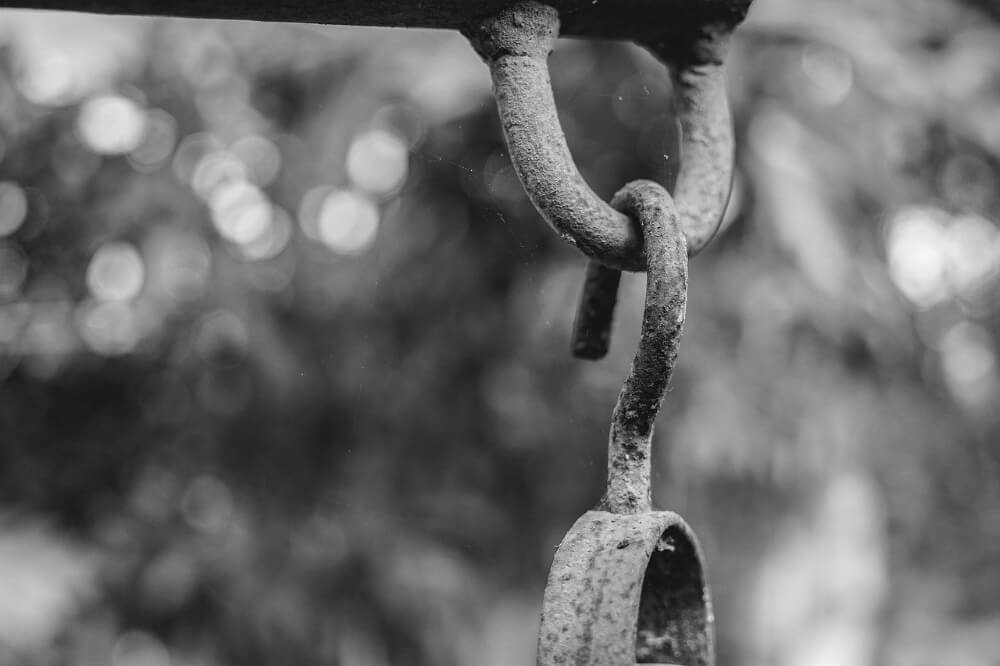
Image by Shameer Pk from Pixabay
3 – Focus
A technically “correct” photo is a sharp photo. One where the focus is on the main subject. This is also likely to be a “figurative” photo; one that represents some identifiable element of external reality in full clarity and detail. We’re not interested in that (at least not as far as this guide to abstract photography is concerned).
We don’t want clarity and precision, identifiable details. That’s for squares. No, we want soft waves of emotive color, celestial beams of flare, warm fuzz, and poetic gestures. Often we’ll get all this good stuff by defocusing; particular when shooting into the light, or even including the light source itself in the frame.
However, although a totally defocused image can really work in some cases, often the viewer’s eye will demand something sharp to rest on. Even if it’s just the smallest detail; an island of clarity in a sea of amorphous pixels.
Focusing on the subject while using a wide aperture for a very narrow depth-of-field will likely get you halfway to your destination. But don’t rule out switching for a totally different destination at the last minute by focusing on some other part of the frame entirely. Again, abstract photography is often about disregarding the rules. And if the rules say that you should always focus on the subject, then being the abstract photography rebel that you are, obviously you’re going to focus on something else, right?
This technique can work particularly well when depth-of-field is just shallow enough to blow out everything else in the frame to a nice swirly bokeh, but just deep enough for the defocused areas to remain more or less recognizable. For instance, you might shoot a landscape by focusing on a branch or leaves in the foreground, with a mountain range out of focus – but still just identifiable as mountains – in the background.
Recommended read: How to focus? & Manual Focusing Vs Autofocusing.
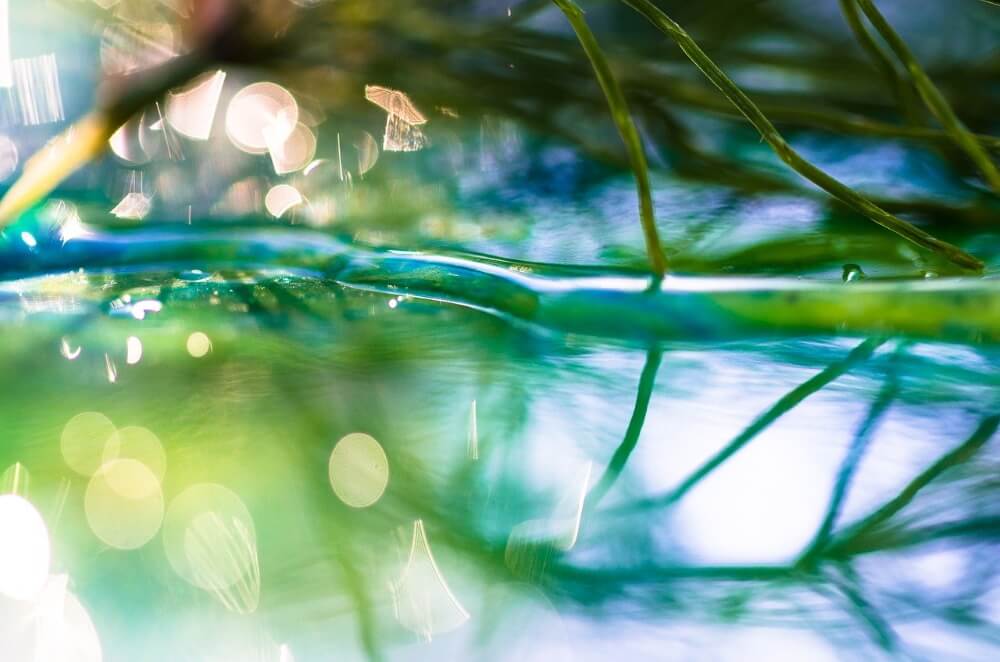
Image by edith lüthi from Pixabay
4 – Exposure
A “well exposed” photograph is one that displays a maximum amount of detail in both shadow and highlight areas. That’s fine; for real estate and e-commerce photography. But providing a clear and informative view of a scene is not something that particularly concerns us as abstract photographers.
Coming up with innovative abstract photography ideas sometimes means doing things the “wrong” way. One technique that can really help to turn a normal scene into a more abstract and expressionist photograph is over or underexposure.
Of the two, overexposure is perhaps the most useful. Extreme overexposure will turn shadow areas into highlights and highlights into flat and detail-less expanses of white. This bleached-out technique can be great for reducing a scene to its most essential forms.
Underexposure is a riskier tactic, but can still produce great results when done right. Because an entirely underexposed image will show nothing but black – which in itself isn’t all that interesting – the secret of success here is in choosing a subject that retains a few brighter points of light, while the rest of the image becomes submerged in the twilight gloom.
Creative use of exposure is one of the most useful abstract photography ideas available to us as photographers. But the best results come from repeated experimentation, so don’t give up if your first attempts are somewhat disappointing.
Recommended read: How to use exposure compensation & How to expose for highlights.
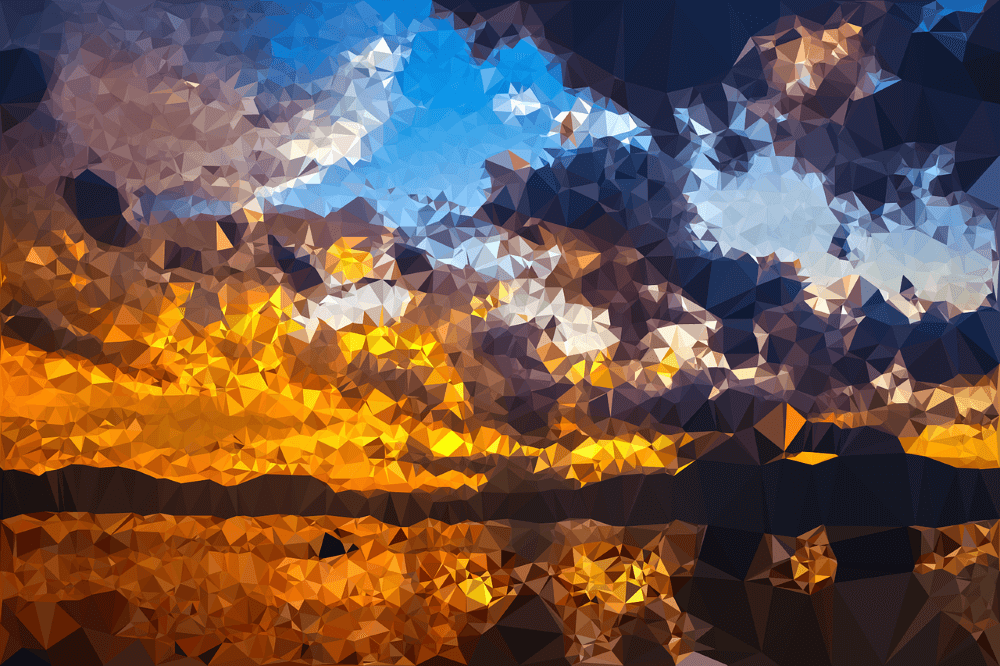
Image by Gordon Johnson from Pixabay
5 – Light
If you’ve ever stuck a flashlight directly under your face and pointed it upwards – so that you look like an extra from a budget horror movie – you’ll know that the position and angle of light can totally transform a subject. Whether you work with natural light or prefer to set up your own lighting using LEDs or studio strobes, try placing your subject in a position where it catches the light in an unusual way. This will often have the effect of bringing out unexpected shapes, patterns, and details, making the subject look totally different from how it normally does.
Light can also cause photographic “mistakes.” And as you’ve probably already worked out by now, we’re big fans of making deliberate use of photographic “errors” as creative tools in our quest for photographic abstraction. One of my favorite abstract photography ideas is to deliberately keep your lens quite dirty and then point it directly in the direction of strong light. This way you can create bursts of flare and other optical “aberrations.”
Recommended read: Continuous Lighting Vs Flash Lighting & Light Painting Photography Technique.
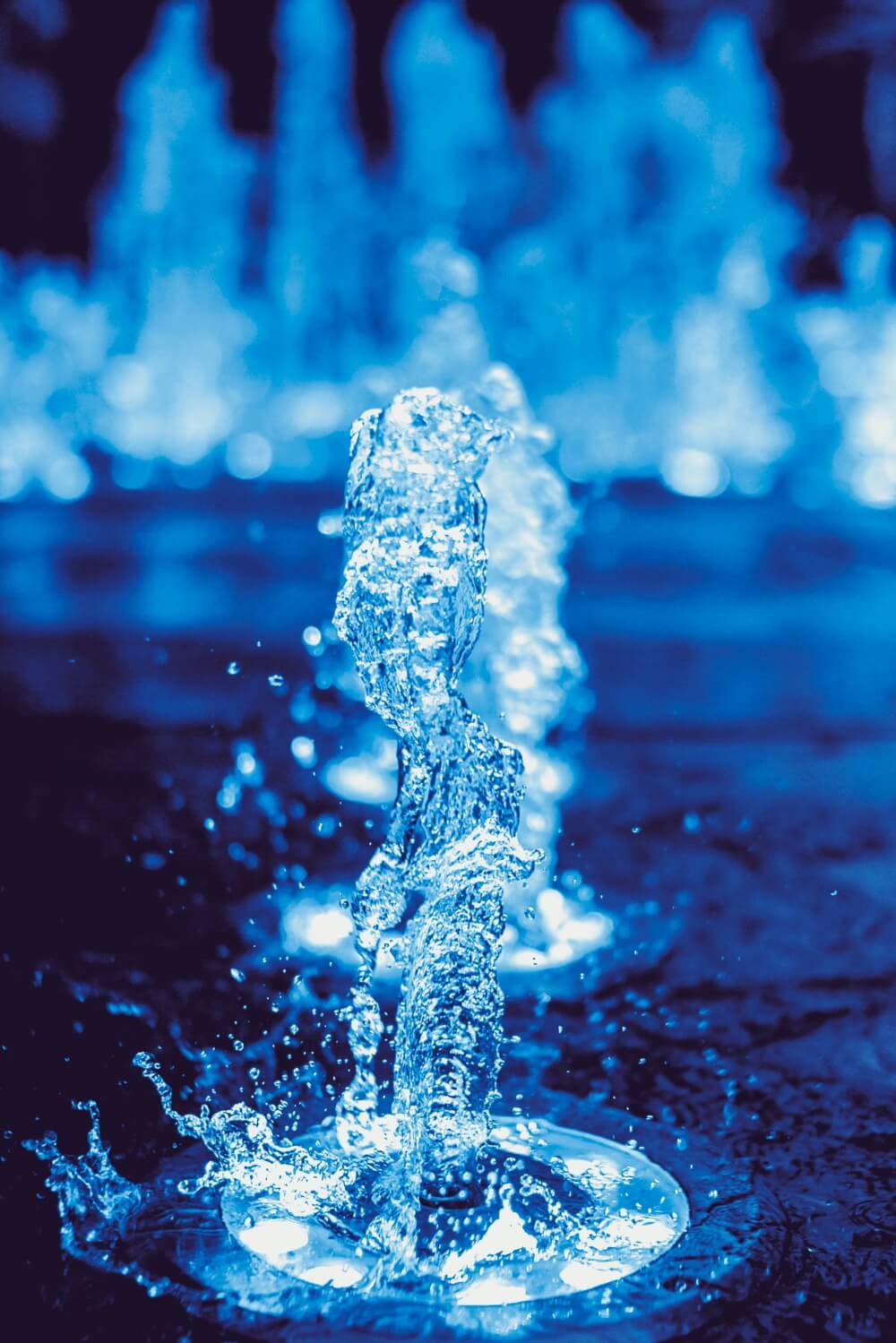
Photo by Gabriel Peter from Pexels
6 – Motion Blur
Optical image stabilization, faster ISOs, improved tripods; camera manufacturers go to a lot of effort to help us produce blur-free images. Only for us abstract photographers to undo all their hard work.
Deliberate camera movement is a great technique for rendering a normal scene more abstract. However, as results can be decidedly hit and miss, you’ll likely need to experiment a lot here before you achieve a shot you’re totally happy with.
Clearly the secret to getting consistent blur is moving the camera in some way while shooting with slow shutter speed. But results can vary considerably depending on precisely how you move the camera and exactly which shutter speed you use. Holding the camera by hand and moving it around quickly while you expose will produce one look, but placing the camera on a tripod and quickly panning to the left or right will give entirely another.
Also, bear in mind that sometimes the best results don’t come from moving the camera at all, but from keeping the camera totally steady while shooting a fast-moving subject. This way a portion of the image (say, a wall in the background) will be totally sharp, while anything moving through the frame (for example a car or people) will be reduced to an impressionistic blur.
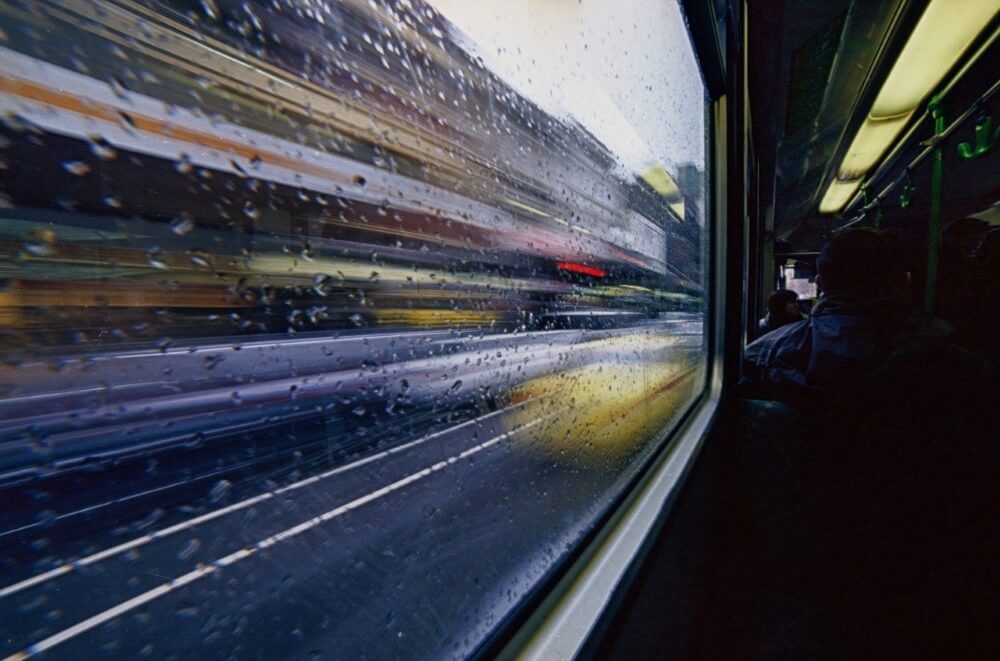
Image by Adrian Malec from Pixabay
7 – Shadows, Reflections, and Silhouettes
Rather than directly photographing your subject itself, try photographing indirect signs of its existence. Shadows, reflections, and silhouettes all provide the viewer with evidence that a certain subject was there in front of the camera, but without actually showing it.
For example, you might choose to shoot the shadow of a subject without including the subject itself in the frame. Also, the shadow of one object can be a good way of disguising the identity of another. For example, if your subject is partially covered by the shadows of a tree, building, or another obstacle, this may help to break up its form, turning it into a beautiful abstract composition.
Depending upon the angle you photograph it from, a silhouette might make a subject seem almost unrecognizable. Reflections, too, can radically distort shape and form, making everyday objects take on a bizarre and fantastical appearance.
Recommended read: How to shoot silhouette photos.
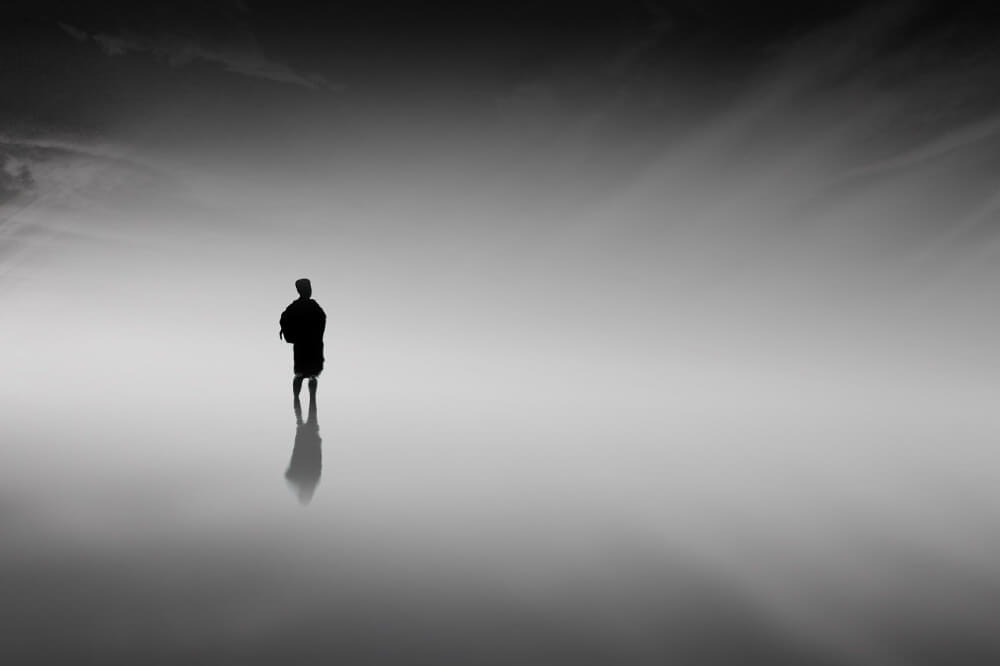
Image by LIMAT MD ARIF from Pixabay
8 – Distance, Angle, and Perspective
Abstract photography is all about showing the real world in a way that we’re not accustomed to seeing it. Unsurprisingly, then, one of the most popular abstract photography techniques is altering your distance from the subject.
Usually, this means shooting up close. While the best results will usually come from using a macro lens (i.e. a lens capable of reproducing a subject at a ratio of 1:1 or greater), excellent close-up photographs can nonetheless be shot using a regular lens; just as long as it permits focusing at a relatively short distance from the camera.
For an abstract shot of this kind, try to identify a subject that looks totally different when viewed up close. This could be something completely normal that we view every day, but that reveals an interesting pattern or texture when zoomed in.
While getting closer to the subject might be the most common method of finding an unusual point of view, don’t rule out the possibility of shooting from a distance. Sometimes a perfectly normal subject can be reduced to total abstraction by shooting it from a long way off. Particularly if you can gain a high vantage point and shoot it from above. Whether this means climbing a hill or a tall building, or attaching your camera to a drone, subjects viewed from a great height can easily be transformed into bold, graphic abstraction.
But even without going to such extremes, always try to consider your subject from a variety of angles. As we all spend most of our lives walking around at approximately the same height, we’re accustomed to seeing the world from a fairly consistent point of view. But change that point of view slightly, and even the most familiar objects can become mysterious. Look up, look down; even try partially hiding your subject behind other objects.
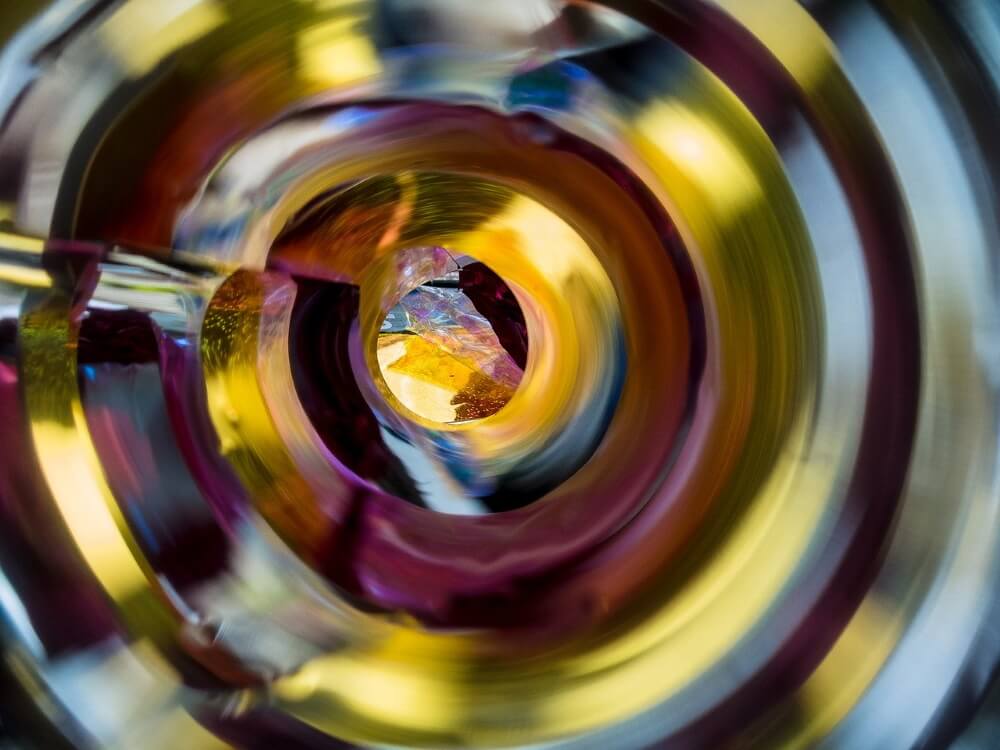
Image by Edith lüthi from Pixabay
Final Thoughts
To shoot abstract photography means taking a scene that’s recognizable to the naked eye as a real and existing place or object, and making its form unusual, perhaps even unrecognizable, through the use of clever and creative techniques. Abstract photography doesn’t need to be 100% abstract though, and quite often the best shots are those that achieve a degree of abstraction while leaving some elements of the image recognizable.
Hopefully, these abstract photography ideas will have opened up some new areas of experimentation for you for future photography sessions. We’d love to hear how you got on with them, so feel free to share your experiences. Do you have some abstract photography ideas, tips or techniques of your own that you want to share with readers? Let us know in the comments below!
Related Posts
Artistic Abstract Photography Tutorial
Thanks for reading, I hope you enjoyed the article if you have any questions just post them below & I will be happy to answer you.
If you enjoy the site, don’t forget to subscribe, we will only inform you when a new article is posted.









Thanks for sharing informative article, I really like this post
Ideas rule well when it comes to making exceptional pictures. The mental capacity, the ideology and the concrete creation of abstract ideas would definitely add love to the professionalism in whatever is created. This is great to see and it kind of feel like a new thing to see here. Though I had created something out of my thoughts Aline before but this has given a whole new level of understanding to my idea of photography. Thanks
Thanks, your welcome!
I have seen pictures of this nature but I would’ve never guessed that they were called abstract photography. Looking at the different samples on your website, it seems to me like the pictures are taken in extreme closeup most times. I feel a very deep connection with it because it goes with one of my most favorite theories in literature. Nice one!
Thanks for your comment, glad you like the article, You may also check my post”Artistic Abstract Photography Tutorial“, You may also like it.
Thank you very much for your answer!
Anytime 🙂
I really enjoyed this articles with so many great tips and ideas for abstract photography. I have to try some of them as I always only make plain pictures and feel like they are boring, if it’s not a beautiful setting itself like sunset at the sea etc. But it’s very rare I take a picture that looks exceptional.
I’ve got a question: do I need a special equipment to make such nice and exceptional abstract pictures that are shown in your article?
Abstract photography is all about perspective, you can achieve those photos with any photography equipment.